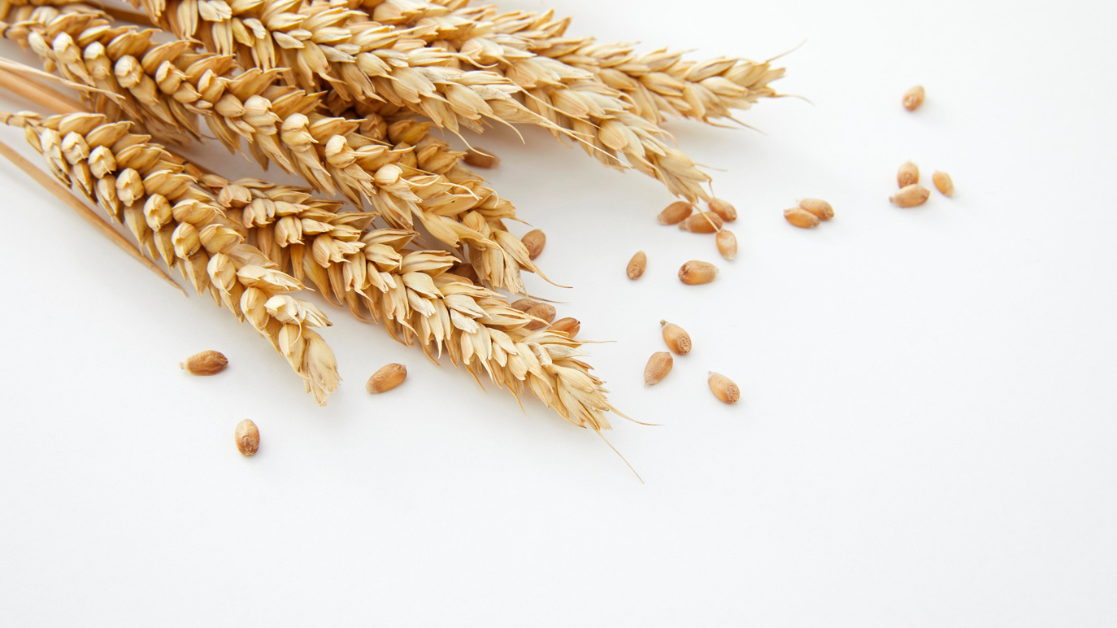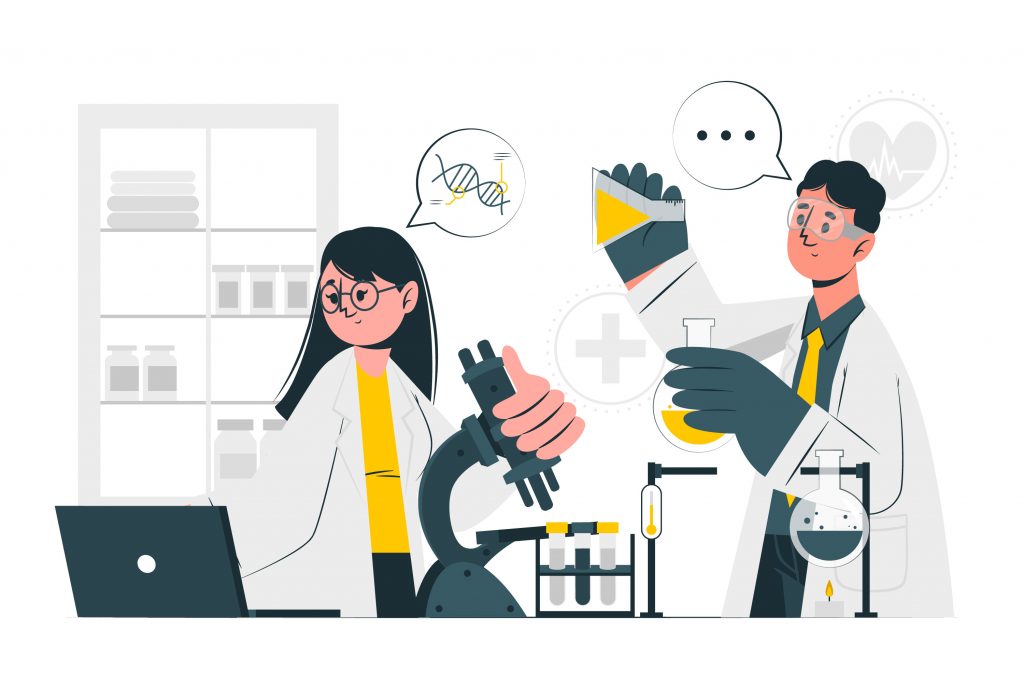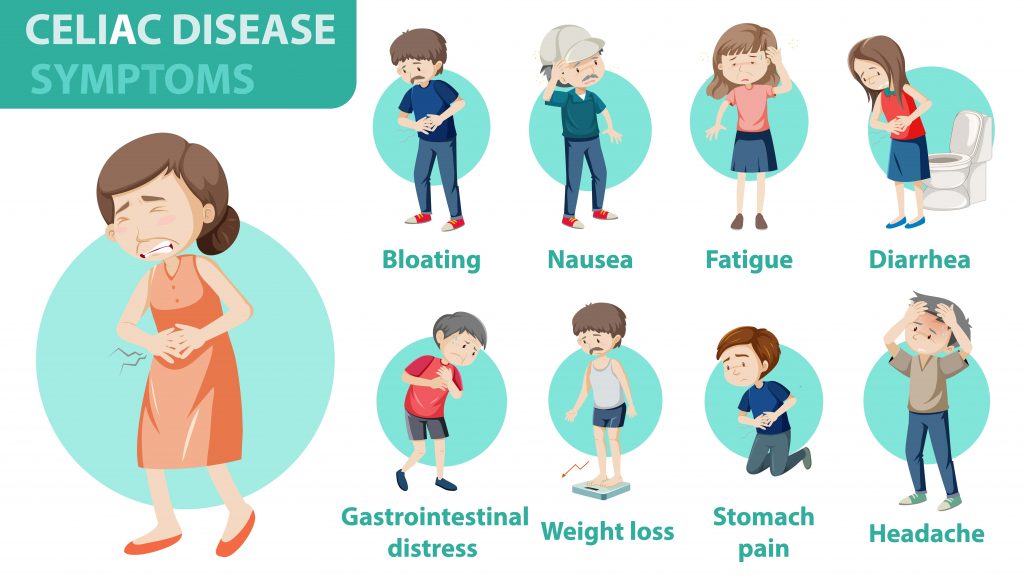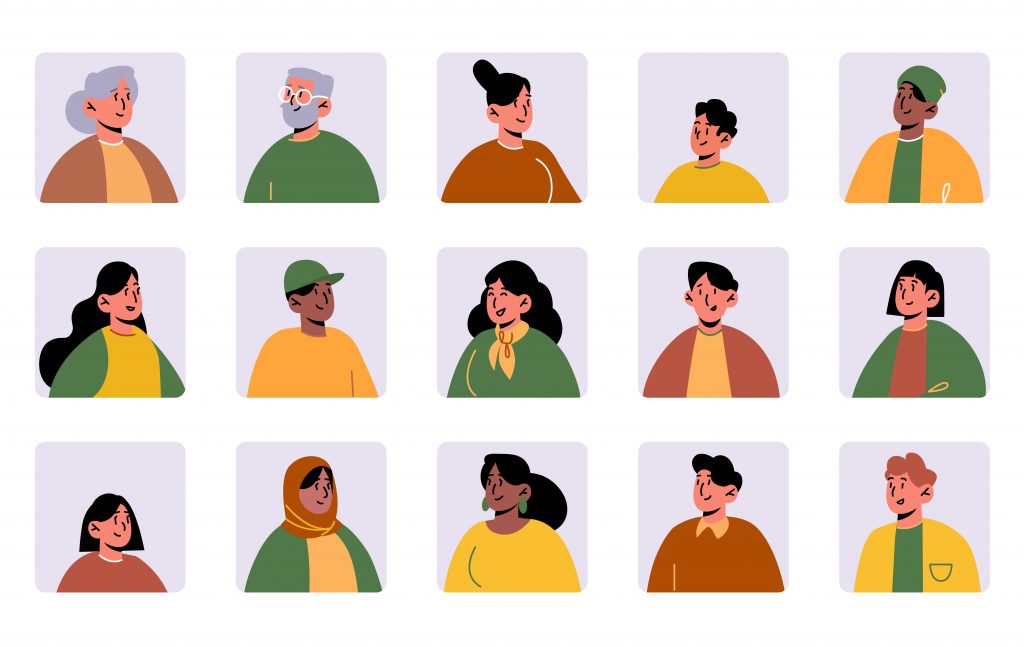Celiac Disease: History, Origin & Its Impact

What is Celiac?
There are many human biological and social phenomena that have evolved over the years to help humanity optimally adapt to our ever-changing environment. Our bodies are constantly trying to help us thrive and live long healthy lives.
However, some evolutionary traits can become maladaptive—not suitable or even harmful to a person in the current situation. Celiac disease, for example, was born soon after the agricultural revolution due to changes in the diet resulting in higher wheat consumption.
For readers who might not be aware, wheat cultivation brought an end to an ages-old diet routine. As a result, people with weaker immune systems could not adapt to the new food and thus, suffered from the disease.
Things took a rather ugly turn, as the condition began to genetically transfer to infants, resulting in hundreds and thousands of deaths.
When Was Celiac Disease First Discovered?
As we know it, celiac disease was brought to light by a well-known Greek physician, Aretaeus termed the condition ‘koiliakos’.
He went on to explain the condition as the human body’s inability to retain food. However, it was only much later that the importance of studying the disease was recognized.

Dr. Samuel Gee, an English lecturer, and physician published his celiac effect and strongly proposed a strict gluten-free diet as the solution to this ailment.
It is rather disturbing that all the possible remedies proposed by various physicians and doctors over the years only reduced the disease’s effect to a certain extent and could not cure it at its root.
Here, it must be noted that an early diagnosis of the disease was made possible, which helped a great deal in understanding the impact as well as the treatment.
In the early 1920s, Dr. Sydney Haas talked about how bananas seemed to help ease the symptoms of celiac. As a result, people started using the banana diet extensively and thousands of lives were thus saved.
It was observed that people with celiac disease experienced difficulty digesting food items such as bread, cereals, and more as they accelerated the swallowing of air.
It wasn’t until World War II that a Dutch pediatrician noticed how lower consumption of bread improved the health of children and vice-versa.
After considering several observations, he published his work explaining the link between wheat and celiac illness, and finally, it was in the 1960s that the doctors could finally relate the disease with an unpleasant behavior in the small intestine.
A few years later, the year 1997 witnessed a breakthrough when the autoimmune nature of the disease was exhibited after the discovery of an autoantigen inside the body of celiac patients. Finally, there was evidence that the consumption of gluten had a role to play in promoting the disease.
It was finally established that celiac disease is a long-term digestive disorder that comes into effect as an immune reaction to a specific form of gluten protein called ‘gliadin’. This reaction causes inflammatory damage to the mucosa’s inner lining and more often than not results in the dissimilation of minerals and malnutrition.
Celiac Disease: Symptoms and Causes
→ What are The Early Warning Signs of Celiac Disease?
Celiac disease symptoms are very vague, therefore, a proper diagnosis will require diagnostic tests to confirm your doctor’s suspicions.

The list of the most common symptoms of celiac disease would include the following: diarrhea, weight loss, steatorrhea, anemia, and weakening of the bones. Other symptoms of gluten intolerance would be anemia, hair loss, amenorrhea or missed periods for women, fatigue, mouth sores, teeth problems, and delayed growth.
The manifestation of this condition differs with the age of onset. In infants, you would be able to observe diarrhea, irritability, and muscle wasting.
Children will be exhibiting the same symptoms and are usually short in height. Once treated though, they would be able to catch up with their normal height. Adults may be the hardest to diagnose for some of them might be asymptomatic. That means they may not be exhibiting any symptoms at all. For others, the symptoms may be too mild to be noticed, like bloating and increased flatulence. Not all adults will have diarrhea and steatorrhea.
→ What Age Group is Most Affected by Celiac Disease?
Celiac disease is more common than expected, with one in every hundred people presenting with it. The development of celiac disease in an individual’s body is linked to the presence of the HLA-DQ2 or HLA-DQ8 genes.
The immune system, in these people, reacts to gluten proteins which come from wheat, barley, rye, and oats. Because the cultivation process varies in crops such as oats, their effect on different people also varies.
The most significant determinants of developing celiac disease are infections, emotional stress, surgery, and pregnancy, while factors such as the breastfeeding period, and consumption of gluten at an early age may also contribute to the cause.
It has been observed that people who belong to a family with a history of celiac disease, who suffer from disorders such as Down-Turner syndrome, and who suffer from other immune-related diseases that affect the liver or thyroid are more susceptible to developing celiac disease.
Difference Between Celiac and Gluten Intolerance?
Gluten intolerance, also known as non-celiac gluten sensitivity, has celiac disease symptoms similar to those of celiac disease.
Although both conditions cause the body to react negatively to gluten, the two types of reactions do not have the same duration or consequences.
When someone with celiac disease eats gluten, their immune system attacks the tissues in their own body. On the other hand, if a person has a gluten intolerance, gluten consumption will result in short-term bloating and stomach pain. Unlike celiac disease, gluten intolerance usually doesn’t cause long-term damage to the body.
What Percentage of The World is Gluten Intolerant?
In recent years, the number of people who develop celiac disease, wheat or gluten allergy, or wheat sensitivity has increased markedly.
It has long been known that wheat protein can trigger diseases such as celiac disease or wheat allergies. About one or 0.5 percent of the adult population is affected worldwide. In addition, gluten-free sensitivity to celiac disease (NCGS) is becoming increasingly important in the western world, the researchers explain.

“Many people fear that modern wheat varieties contain more immunoreactive proteins than before and this is the reason for the increase in wheat-related diseases,” said Darina Pronin of the Leibniz Institute of Food Biology in her study as part of her research.
In the case of gluten, the gliadin group of proteins, in particular, is thought to cause side effects, food chemists explain.
Can Gluten Intolerance and Celiac Cause Oral Health Problems?
According to a study shared by the American Dental Association, oral signs of celiac disease in children include: “delayed tooth eruption, decreased salivation, recurrent aphthous stomatitis, angular cheilitis, and enamel defects in primary and permanent teeth.”
A 2012 study found that gluten can trigger a self-aggrandizing response in the protein that makes up tooth enamel. Without this protective barrier, teeth are susceptible to wear, disease, and tooth decay.
Signs of tooth enamel loss in children can help doctors and dentists diagnose gluten intolerance early, but they are less common in adults. Some have had previous dental work, while others have not had gluten sensitivity long enough to damage their teeth.
In general, people with celiac disease should practice good oral hygiene and visit the dentist every six months for thorough brushing and examination.

By taking every precaution and maintaining good oral hygiene, celiac disease patients can live healthy and happy lives.
→ What Foods are Good for Celiacs?
If you have celiac disease, you must follow a gluten-free diet. Your doctor and registered dietitian can help you plan a healthy, balanced diet to ensure you get the nutrients you need.
Many foods such as meat, fish, fruit, vegetables, rice, and potatoes are naturally gluten-free with no additives or spices. Flour from gluten-free foods such as potatoes, rice, corn, soybeans, beans, cassava, spinach, quinoa, buckwheat, or beans is safe.
You can also purchase gluten-free packaged foods such as gluten-free pastries, bread, and pastries. These foods are readily available in many grocery stores, restaurants, and grocery companies. Packaged gluten-free foods usually cost more than the same food that contains gluten, and restaurants may charge more for gluten-free foods.
→ What Foods are Bad for Celiacs?
I want gluten avoidance guidelines to be as simple as telling you to stop eating wheat, barley, and rye flour.
This is part of what you need to do, but it’s much more complicated than that. There are many hidden sources of gluten, and some naturally occurring gluten-free products can be cross-contaminated with gluten.
Here is a list of foods, ingredients, and supplements to avoid. Check this list carefully and share it regularly. Anyway, the food will be remembered.

→ List of Common Foods Which Contain Gluten
- Barley (and anything containing the word barley, such as malted barley)
2. Beer
3. Bleach Flour
4. Blue cheese (sometimes made with bread molds)
5. Bread crumbs
6. Bulgur
7. Cake flour
8. Public
9. Cracker dish
10. Pastry
11. Durum wheat
12. Potato flour
13. Faro
14. Peanut flour
15. Groats
Treatment of Celiac Disease
Even though the treatment of this ailment has been underway since it was first detected, an effective medication that could keep a check on the disease has not been discovered yet.
Some of the most prominent experts in the field are constantly working to come up with reliable vaccines, medications, and treatments that could have a direct impact on the intestines and the immune systems of those with celiac disease but it needs to be understood that by the time something works out, staying as far away from gluten as possible is the only way out!
Summary
If you start living a gluten-free life after only a few months of living gluten-free you will start experiencing life with far less pain and far more energy.
Between having to be more conscious and deliberate with your food selections and the improved functionality of your digestive tract, you will gain strength and vitality you have not felt or experienced since you were very young.
I have known celiac patients that have said having their celiac disease diagnosed and then adapting to a gluten-free diet provided a kind of fountain of youth and that they felt like they had taken years off their real age.
 MY JOURNEY
MY JOURNEY About Me
About Me Early life
Early life Diagnosis
Diagnosis CELIAC DISEASE
CELIAC DISEASE Symptoms & Diagnosis
Symptoms & Diagnosis Treatment & Follow Up
Treatment & Follow Up GLUTEN - FREE LIVING
GLUTEN - FREE LIVING At Home
At Home At School
At School At Social Events
At Social Events
 Grocery Shopping
Grocery Shopping COMMUNITY OUTREACH
COMMUNITY OUTREACH Gluten Free Meetup
Gluten Free Meetup Workshops
Workshops Webinars
Webinars COVID-19 Camps By Gluten Free Jio
COVID-19 Camps By Gluten Free Jio  Mid Day Meal
Mid Day Meal Beyond Celiac
Beyond Celiac Real Stories of Celiac
Real Stories of Celiac RESOURCES
RESOURCES Restaurant Dining Cards
Restaurant Dining Cards Recipes
Recipes Gluten Free eBook
Gluten Free eBook Gluten Free Jio App
Gluten Free Jio App RECOGNITION
RECOGNITION TRAVEL DIARY
TRAVEL DIARY



